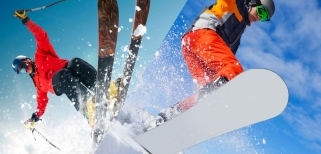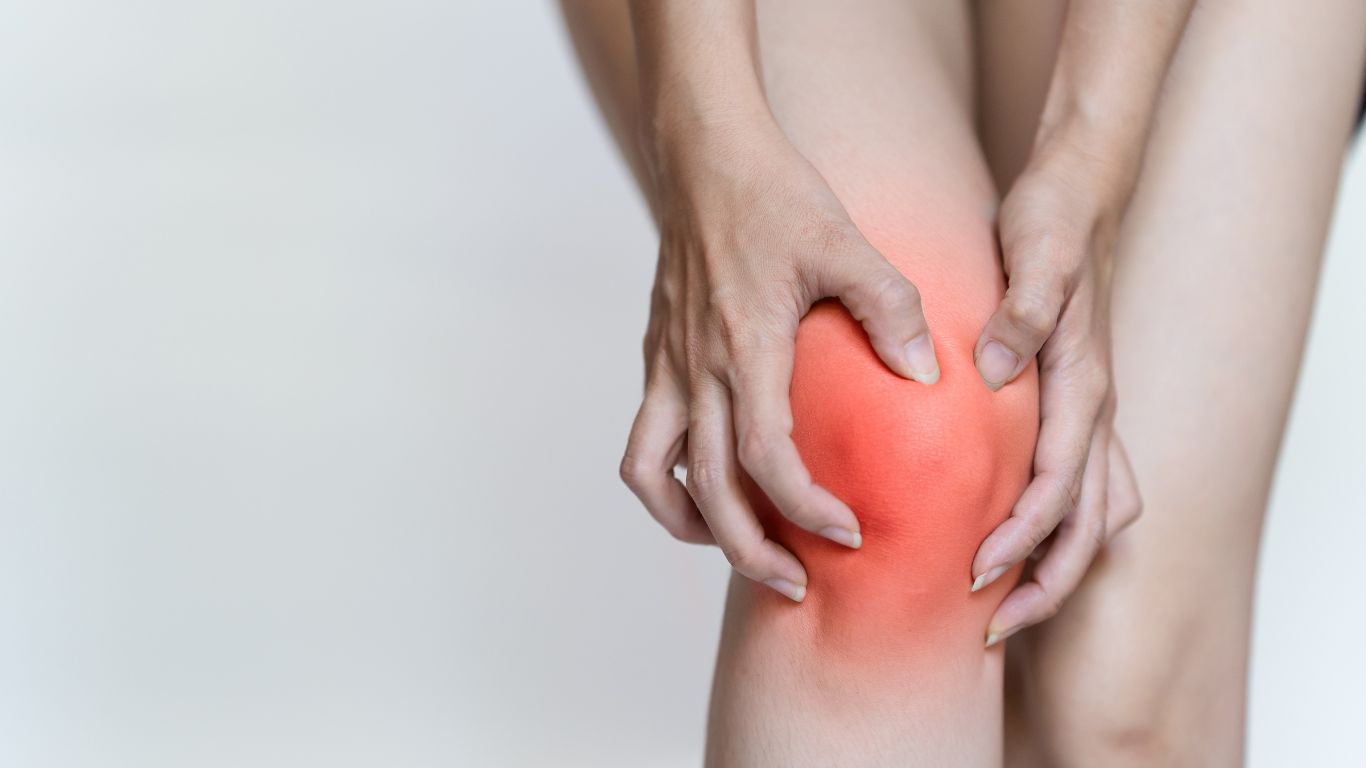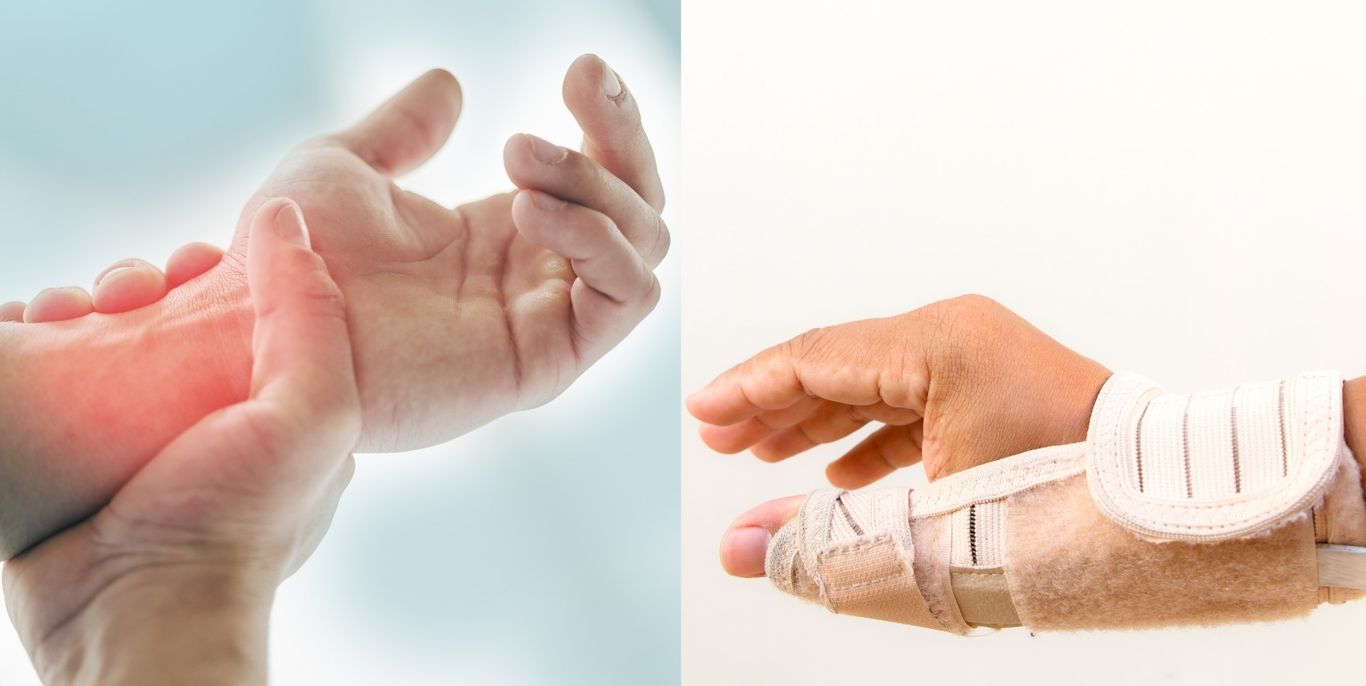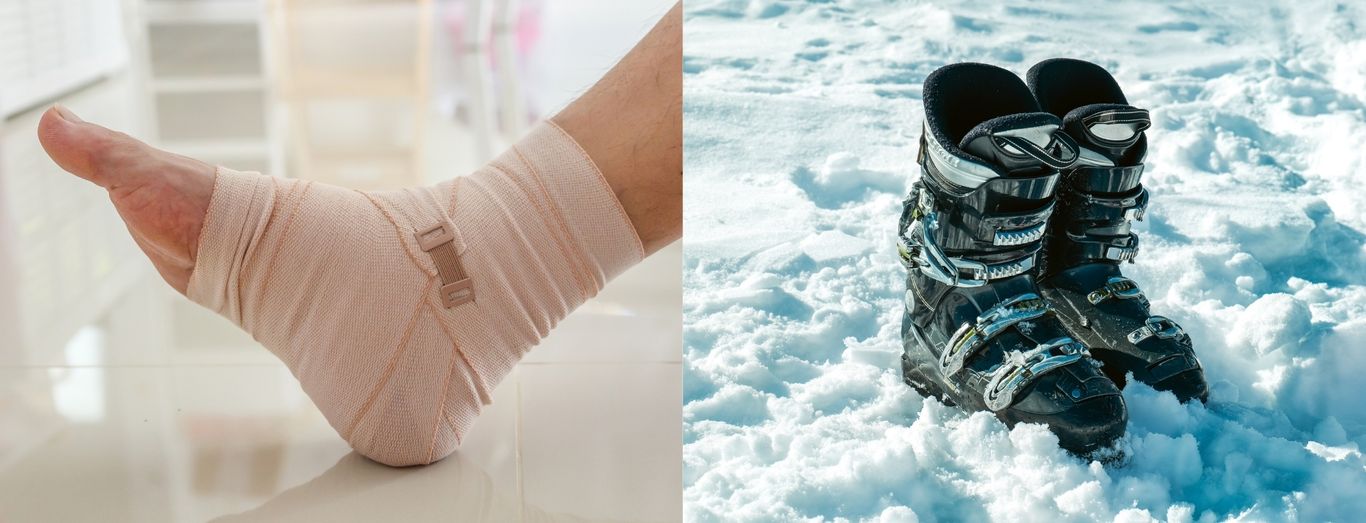




Health Information



6 Common Skiing/ Snowboarding Injuries & Prevention Measures

6 Common Skiing/ Snowboarding Injuries & Prevention Measures (by Sportsperformance Physiotherapy)
Winter is coming, and as the snow blanketed the slopes, many are gearing up for exciting skiing adventures. However, skiing and snowboarding come with their share of risks. Understanding common skiing injuries and how to prevent them can help ensure a safe and enjoyable experience on the slopes.
Common Skiing/ Snowboarding Injuries
1. Knee Injuries
Knee injuries, including tears to the anterior cruciate ligament (ACL) and medial collateral ligament (MCL), are prevalent. These injuries often occur due to the twisting motions involved in skiing, especially during falls or sudden changes in direction.

2. Shoulder Injuries
Shoulder injuries, including subluxation, dislocations and fractures, commonly result from falls on outstretched hands. These injuries are prevalent among both skiers and snowboarders.

3. Wrist Injuries
Wrist fractures or sprains, often referred to as "Skier's Thumb," can happen when skiers use their hands to break a fall. When the thumb gets tangled with a ski stock it often results in a thumb sprain.

4. Lower Back and Hip Injuries
Lower back pain and hip injuries can occur due to improper conditioning and lack of strength in the core and lower body, leading to strain during skiing activities.

5. Ankle Injuries
In snowboarding, ankle injuries are common due to less supportive boots and the nature of falls while twisting.

6. Whiplash
Whiplash is caused by a forceful, quick back-and-forth movement of the neck that can result from a fall, especially at higher speeds.

Here are some key prevention strategies:
Proper preparation, including preventive measures and warm-up exercises, is essential for a safe and enjoyable time on the slope.
Injuries in skiing and snowboarding can often be avoided by taking proactive steps before you hit the slopes.
1. Customise the Conditioning Program before your trip:
To minimize the risk of injury, skiers should begin a conditioning program at least 6 weeks before their trip. Focus on strengthening the quadriceps, hamstrings, and core muscles through exercises such as:
- Squats: Build strength in the thigh muscles.
- Lunges: Improve balance and leg strength.
- Planks: Strengthen core muscles for better stability.

2. Physical Conditioning
Building strength and flexibility is crucial. Engaging in a fitness routine that targets the muscles used in skiing and snowboarding—such as the legs, core, and upper body—can enhance performance and reduce injury risk.
3. Proper Equipment
Ensure your gear fits well and is appropriate for your skill level. Properly fitted ski or snowboard boots, helmets, and protective gear can significantly reduce the likelihood of injuries.
4. Know Your Limits
Ski or snowboard within your ability level. Be aware of your surroundings and the conditions of the slopes. Avoid pushing yourself beyond your comfort zone, especially on challenging terrain.
5. Warm-Up & Cool-Down Exercises
Warming up before skiing or snowboarding is essential to prepare your muscles and joints for the demands of the activity. We will share some effective warm-up exercises in the next post. Stay tuned!
Being aware of these common skiing and snowboarding injuries are crucial for all skiers and snowboarders. By understanding the risks associated with the sport, you can take the necessary precautions to protect yourself. We will share more proper preparation and warm-ups in the upcoming posts. This winter, enjoy the slopes safely by staying informed and prepared!
If you experience any sport-related injuries or need to restore optimal physical health, you should make an appointment to seek advice from a professional physiotherapist or medical expert to obtain a proper diagnosis and appropriate treatment.
Further reading:



